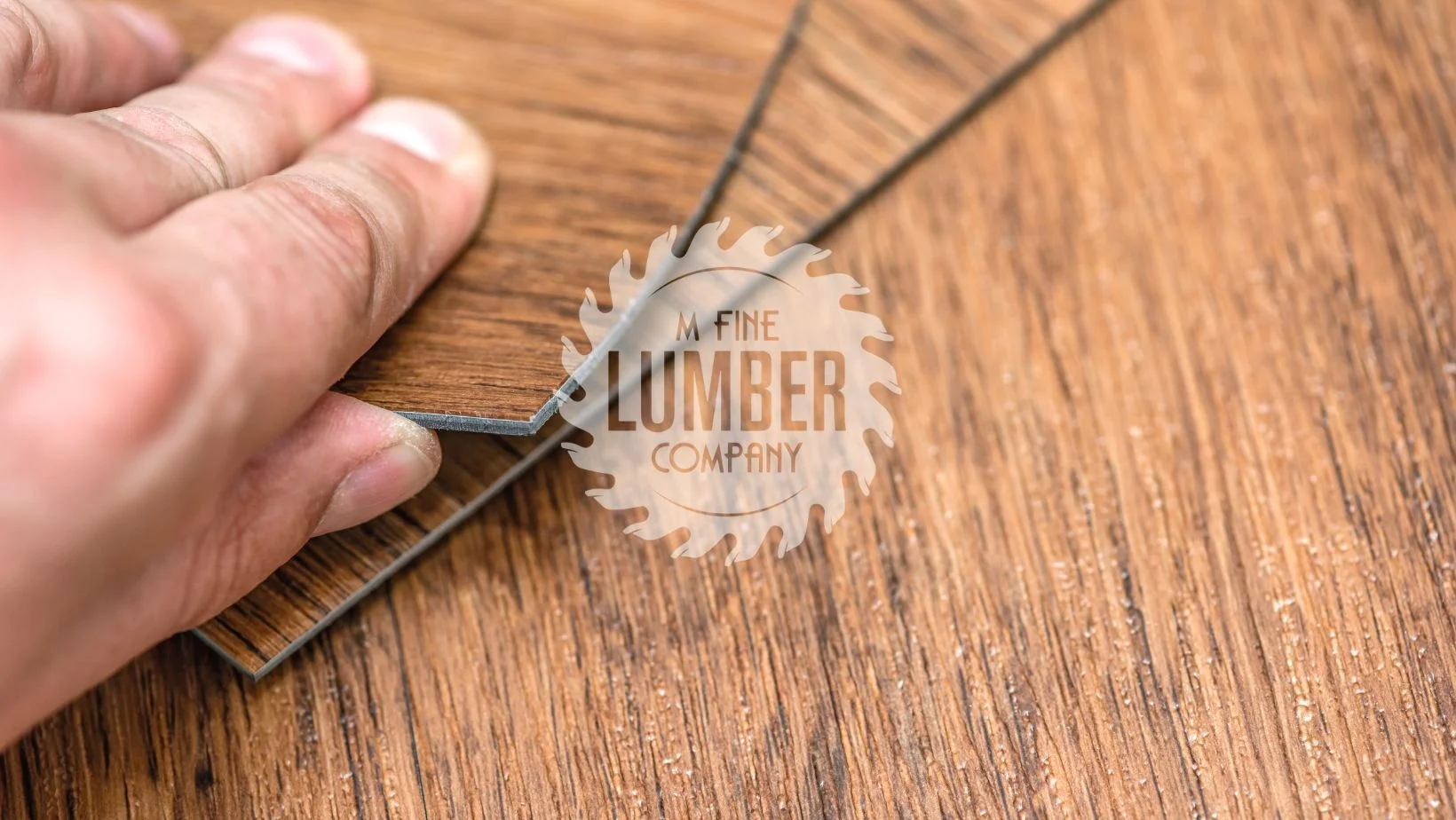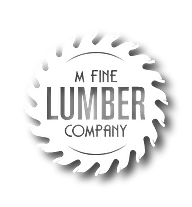
Are you stuck with how to repair minor imperfections in your wood? Is it hard to tell the difference between a wood putty and a filler? Don’t despair—we’ve got all the information you need here! Wood putty and fillers can seem confusing, but their differing properties and uses are actually quite straightforward. In this post, we will break down the key differences between these two products so that you can make an informed decision on which one is best for your intended purpose. Keep reading to learn more about when and why you should use each of them!
Wood putty is a type of filler that is used to repair and restore damaged or flawed wood surfaces. It is typically made with a blend of wood fibers, binders, and pigments which are combined to create a pliable substance that can be easily applied with a putty knife or spatula. This product can come in a range of colors to match the wood being repaired and create a seamless finish.
Wood putty is applied to the affected area in small amounts and is smoothed out to create a flat and level surface. Once applied, the putty will dry and harden creating a durable repair that can be sanded, stained, or painted to match the surrounding area. It can be used on a variety of surfaces, including furniture, trim, doors, and flooring.

Pros:
Cons:
Wood filler, on the other hand, is a more robust solution for dealing with imperfections in your woodwork. It’s less pliable than wood putty but offers greater strength and durability once dry.

Pros:
Cons:
While both products offer their advantages, the wiser choice depends on the specific purpose and application of your reparation. If flexibility is a priority and you’re dealing with moldings or detailed carvings, wood putty might be your go-to choice. On the other hand, if durability and performance under harsh conditions are essential, wood filler may be the better option. Wood filler is also ideal for significant repairs or areas prone to wear and tear.
